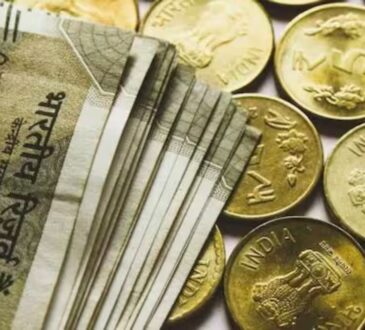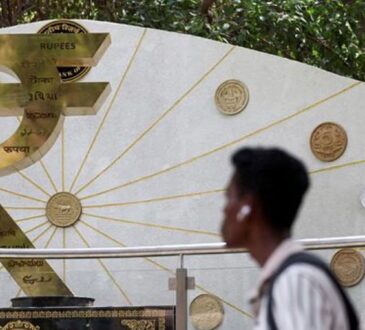The African Development Bank (AfDB) has projected that the Nigerian naira will depreciate by at least 6% between 2025 and 2026, citing growing global financial market volatility as a key factor.
The outlook, published in the African Economic Outlook 2025, highlights the impact of global uncertainty on the stability of African currencies over the next year.
The report comes just a week after Central Bank of Nigeria (CBN) Governor Olayemi Cardoso announced that volatility in Nigeria’s foreign exchange (FX) market has significantly declined, dropping below 0.5%.
Cardoso attributed this improvement to monetary and fiscal reforms aimed at stabilizing the macroeconomic environment.
During a press briefing in Abuja following the 300th Monetary Policy Committee (MPC) meeting, Cardoso stressed that reduced exchange rate volatility reflects stronger investor confidence, growing foreign exchange reserves, and enhanced transparency in CBN operations.
AfDB Analysis: Depreciation Across Multiple African Economies
Despite Nigeria’s recent FX market stabilization, the AfDB report forecasts currency depreciation for 21 African nations in 2025, including Nigeria, Egypt, Ethiopia, Ghana, Libya, Rwanda, Zambia, and Zimbabwe, where depreciations of 6% or more are expected.
- The depreciation trend in these countries is largely attributed to potential declines in export earnings, which may put upward pressure on national currencies.
- Conversely, the report anticipates that currencies in Kenya, Morocco, and the CFA franc zone will appreciate by more than 3% against the US dollar, supported by stronger market fundamentals.
Looking back at 2023, the report noted that 28 African nations experienced currency depreciation, but 17 of them reversed those losses or recorded slower rates of decline.
For instance, the South African rand, which weakened by 11.3% in nominal terms in 2023, regained strength and appreciated by 0.7% year-on-year. Similarly, the Kenyan shilling recovered by 3.1% in 2024, reversing its 15.4% decline from the previous year.
Market Sentiment and Global Economic Trends
The Kenyan shilling’s recovery was driven by strong market sentiment, following the successful issuance of $1.5 billion in Eurobonds, which facilitated the buyback of a $2 billion Eurobond set to mature in June 2024. This move led to a 121% surge in portfolio investment inflows, overturning the $233.4 million in net outflows recorded in June 2023.
In contrast, currencies such as Guinea, Mauritania, and Seychelles faced continued depreciation pressures, reflecting macroeconomic challenges and fragile market conditions.
The report highlighted that most other African currencies experienced relative stability or appreciation, particularly those pegged to the euro. The CFA franc, Cabo Verdean escudo, São Tomé and Príncipe dobra, and Comoros franc remained largely stable, benefiting from the euro’s stabilization against the US dollar in 2024.
Challenges Ahead: Structural Issues and Policy Recommendations
Despite signs of improvement in certain economies, several African nations continue to struggle with exchange rate depreciation rates exceeding 30%, driven by macroeconomic imbalances, declining export revenues, and political instability.
- The AfDB report underlines the role of global factors in shaping currency trends, while also pointing to domestic challenges such as misaligned FX regimes, fiscal deficit monetization, political instability, and low productivity.
- To address these systemic issues, the report recommends that African governments strengthen domestic macroeconomic fundamentals, improve export capacity through value-added production, and implement strategic policies to reduce FX volatility, which has historically resulted in high economic costs.
As Africa’s financial landscape evolves, policymakers will need to balance external economic influences with structural reforms, ensuring economic resilience and stability amid shifting global market dynamics.
What you should know
Despite global uncertainties and structural economic challenges, the CBN believes that Nigeria is on a steady recovery path.
- The combination of tighter monetary policy, exchange rate reforms, improved reserve management, and stronger collaboration with fiscal authorities is expected to deepen macroeconomic stability and support medium-term growth.
- The governor reiterated that CBN is committed to staying the course with reforms and ensuring that the momentum of positive change is sustained across all sectors of the economy.








